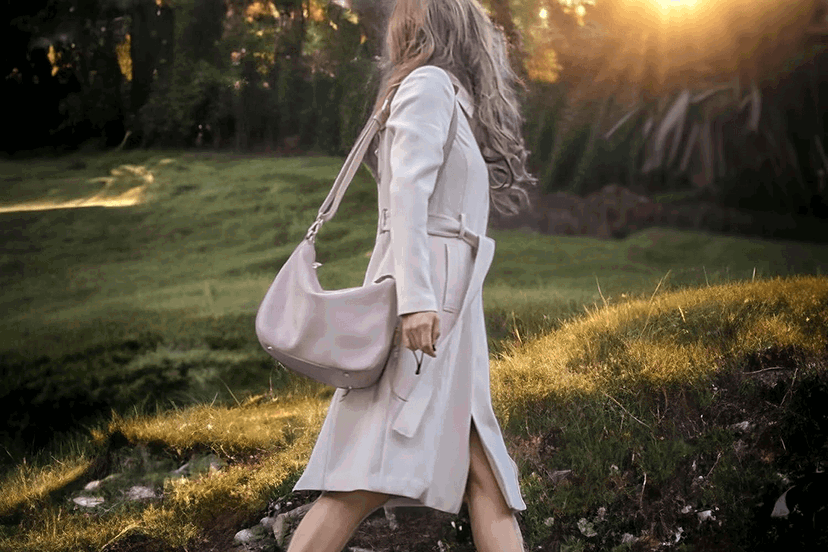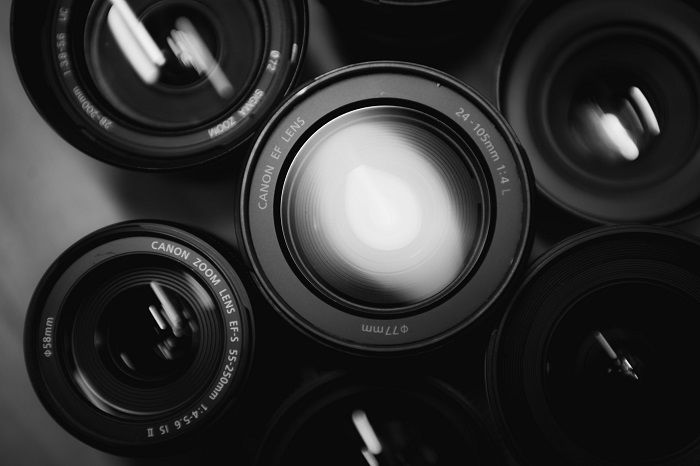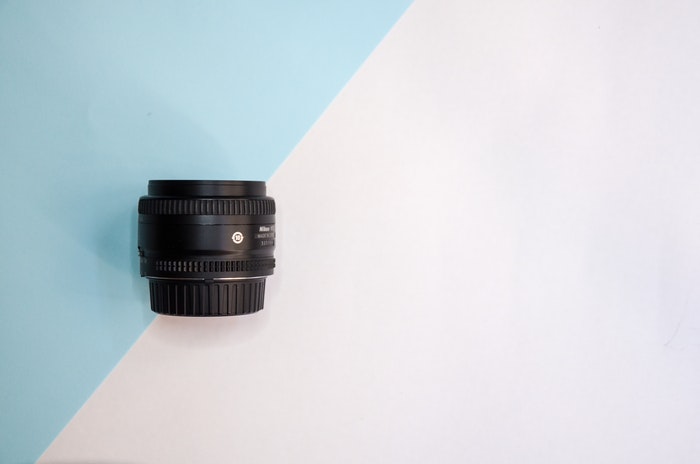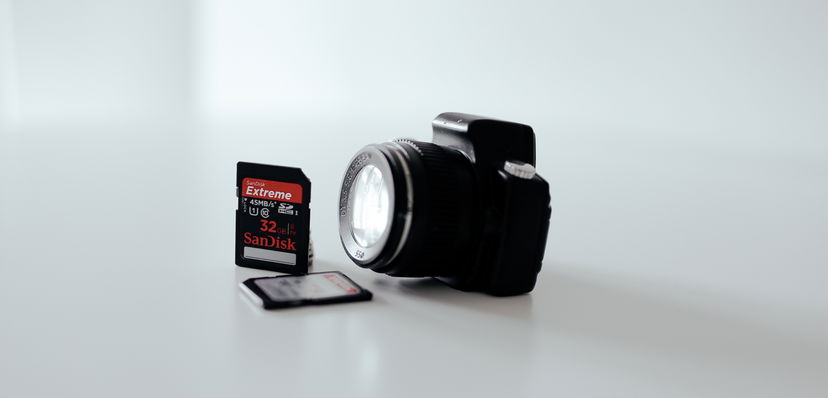Best Macro Photography Gear in 2024 (Essential Equipment)
With the best macro photography gear, you can master the art of close-up photography. But what gear do you need to get started with macro photography?
Finding the best camera for macro photography is a good start. It’s also best if you buy a good macro lens. Other pieces of macro equipment are not so obvious. But we outline everything you need in our article.
The Canon EOS RP is the top piece of macro photography gear. It’s a brilliant full-frame camera. Then we have a brilliant specialist Canon macro lens and Alta Pro Tripod to go with it. We also look at flashes, extension tubes, and more!
Our Top 3 Choices for the Best Macro Photography Equipment
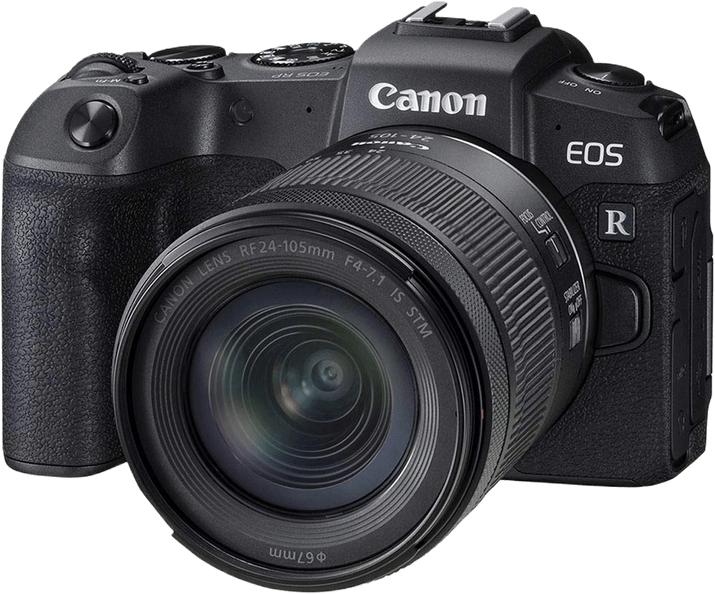
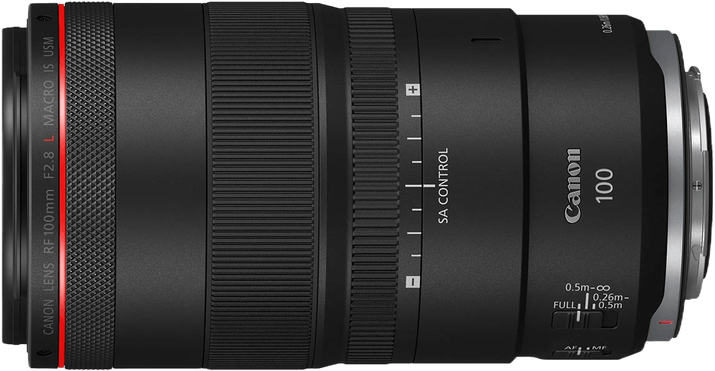
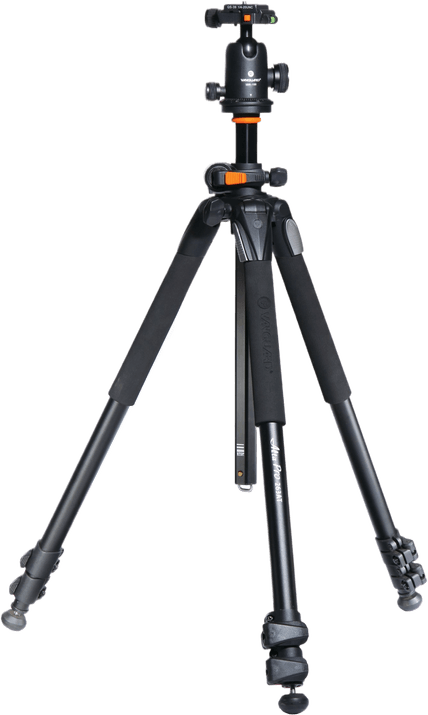
What Is the Best Macro Photography Gear?
The best macro photography gear helps you master the art of macro photography. Although it may seem obvious, macro photography is a specialist niche that requires unique equipment.
There are plenty of excellent cameras for macro photography. But we picked the Canon EOS RP as our top recommendation. It’s a full-frame camera with a modest MP count. It gives you excellent detail and dynamic range at a reasonable price.
A good macro lens is key to macro photography. A true macro lens has a telephoto focal length with a 1:1 magnification ratio. This means it gives you life-size representations on the camera’s sensor.
Other macro photography accessories include tripods and focus rails for stabilization. You also have flashes and reflectors for lighting. And you can use extension tubes to get better magnification from non-macro lenses.
Here’s a rundown of the best macro photography gear. The section after looks at each piece of equipment in more detail. We’ve also included links to other relevant articles to help you find exactly what you need for your macro photography pursuits.

- Enables close-up shots with 0.5x max magnification
- Compact, lightweight with a versatile zoom range
- Optical image stabilization with 5-stop shake correction
- Quick setting changes with a control ring

- Delivers stunning close-ups with 1.4x magnification
- Fixed 100mm focal length brightens low-light shots
- Strong optical image stabilization ensures sharpness
- SA Control Ring adjusts bokeh shape and character

- Adjustable leg angles for extreme low-angle photography
- Unmatched flexibility and stability for diverse angles
- Smooth 360-degree rotating head for precision shots
- Central column repositioning for seamless transitions
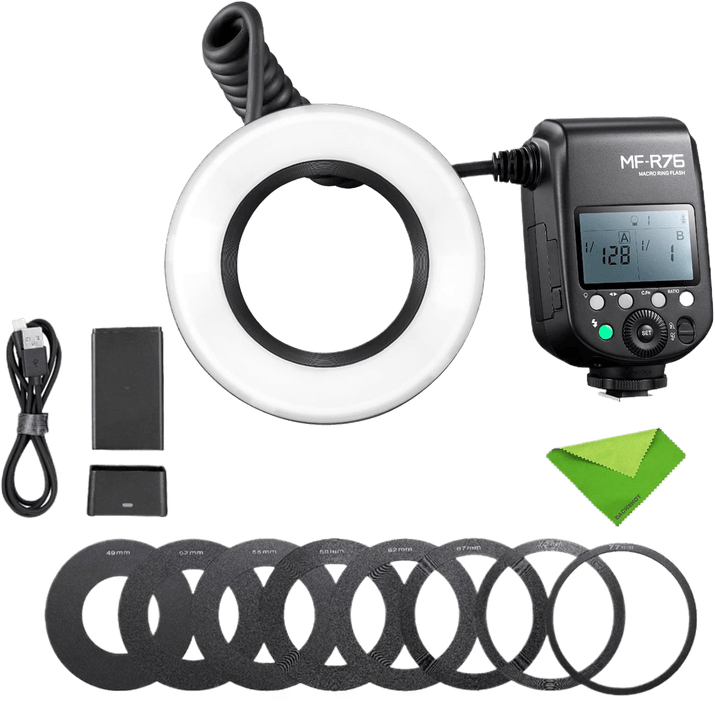
- High compatibility with various camera brands
- Ultra-long battery life with 660 flash times
- Versatile lighting controls for different effects
- User-friendly interface with large LCD screen
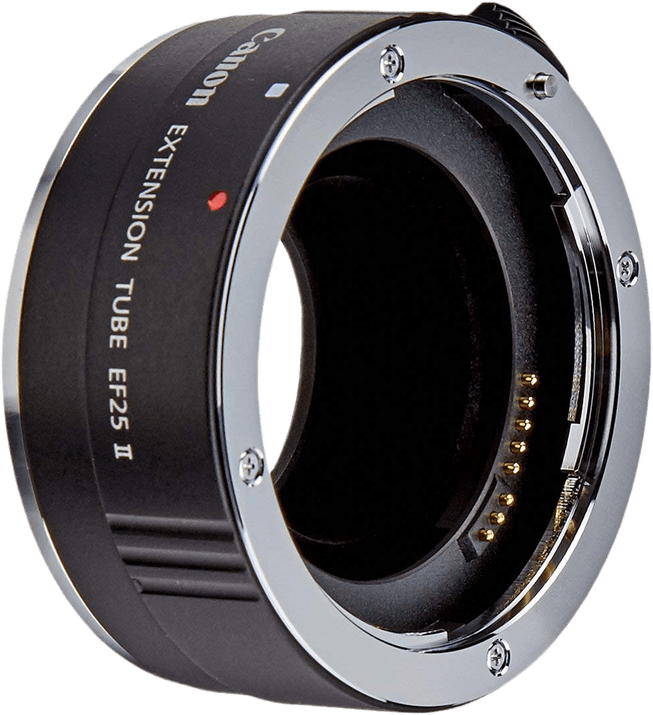
- Compatible with all Canon EF lenses
- Adds affordable macro capabilities to EOS SLRs
- Retains metering and AF functions
- Highly resistant to water and dust
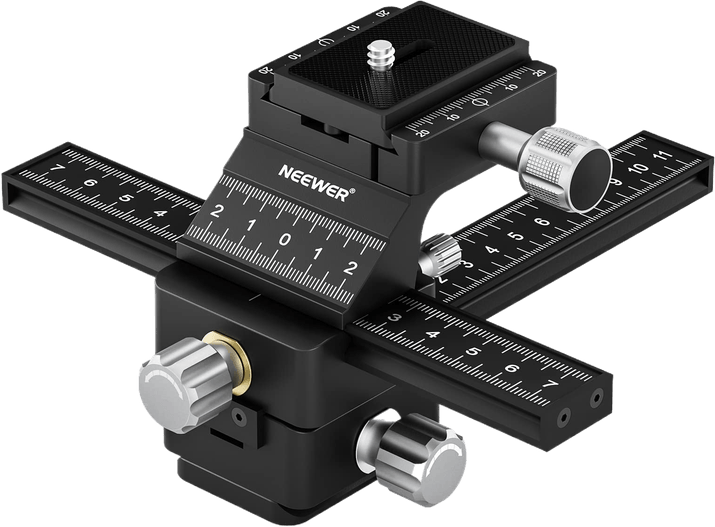
- Precision 4-way movement control
- Dampening knobs for more controlled movements
- Arca-style quick-release plate for easy mounting
- Durable aluminum alloy construction
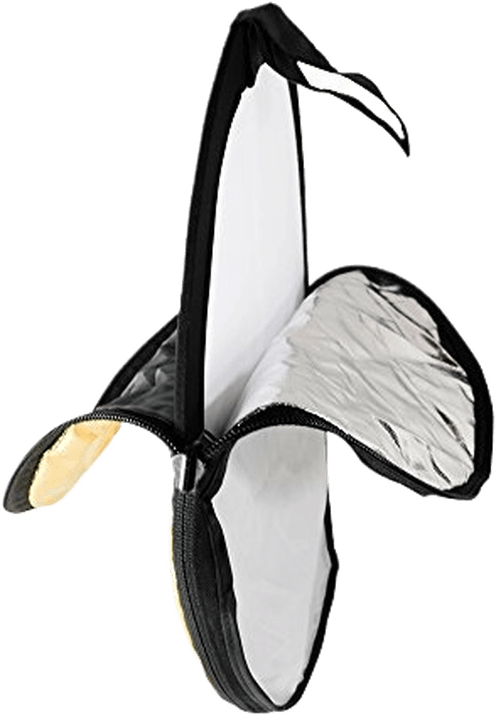
- 5-in-1 mini light reflector for macro photography
- 5 different reflective surfaces and carry case
- Measures only 11.5 x 11.5 inches / 30 x 30 cm
- Folds down to 5 x 5 inches / 12 x 12 cm
Best Macro Photography Gear
Now, we’re getting into the meat of our article. We’ll examine each piece of equipment in detail, explaining why it’s useful for macro photography and why we recommend each product.
You might not need every item on the list. But everything does have its use for macro shooters.
1. Canon EOS RP

| Sensor Format |
Sensor Format
|
| Lens Mount |
Lens Mount
Canon RF
|
| Megapixels |
Megapixels
26 MP |
| In-body Stabilization |
In-body Stabilization
|
| Autofocus Points |
Autofocus Points
4,779 |
| Minimum ISO (Native) |
Minimum ISO (Native)
100 |
| Maximum ISO (Native) |
Maximum ISO (Native)
40,000 |
| Screen Size |
Screen Size
|
| Other Key Features |
Other Key Features
Low-light autofocus (AF), eye-detection AF, articulating touchscreen, mobile operation
|
| Best |
Best
Camera for macro photography
|
The Canon EOS RP is the best camera for macro photography. It’s a classic from Canon’s R-series mirrorless camera range with a full-frame sensor. The CMOS sensor gives you a picture resolution of 26.2 MP.
That’s a fairly modest megapixel count for a full-frame camera. But this allows for larger pixels, giving you a better dynamic range. This helps with low-light shots and scenes with uneven lighting. You won’t miss out on any macro details.
Canon’s superb Dual Pixel CMOS autofocus system is brilliant. It’s fast, reliable, and tracks moving subjects. Your macro subjects stay focused even when they move around the frame. That’s good news if you photograph insects and other small critters.
An articulating touchscreen helps you shoot from awkward angles. You won’t have to bend down so much when shooting at low angles. It helps avoid back problems. Using the Canon Connect app, you can even use the camera remotely from a mobile device.
Other features include Wi-Fi and Bluetooth connectivity, letting you share your macro shots on social media. And you can even shoot 4K videos. That’s not much use for macro photographers, but it adds to the camera’s versatility.
The EOS RP is a fantastic Canon camera for macro photography. Its modest price tag for a full-frame camera makes it a great option for beginners. But the quality of the results means more experienced macro shooters can also use it.
If you prefer another camera brand, look at our other top picks for the best cameras for macro photography. We also have an article listing the cheapest full-frame cameras that may interest you.
2. Canon RF 100mm f/2.8 L Macro IS USM

| Brand |
Brand
Canon
|
| Lens Mount |
Lens Mount
Canon RF
|
| Maximum Aperture |
Maximum Aperture
f/ 2.8
|
| Focal Length Range |
Focal Length Range
100 mm
|
| Image Stabilization |
Image Stabilization
|
| Other Key Features |
Other Key Features
Angular and shift image stabilization (IS), spherical aberration (SA) control and custom control ring
|
| Best |
Best
Lens for Macro Photography
|
The Canon RF 100mm f/2.8 L Macro IS USM is the best lens for macro photography. Of course, it’s only compatible with Canon mirrorless cameras. But it’s the perfect partner to the Canon EOS RP if you’re shooting macro.
It’s a true macro lens with 1:1 magnification. The 100mm focal length provides powerful magnification, enabling a tightly cropped composition.
The optical quality is exceptional thanks to the high-quality glass throughout the barrel. The lens has plenty of features that will enhance your macro photography.
The camera offers excellent low-light performance with a maximum aperture of f/2.8. A wide aperture like this also gives incredible depth of field control. Using a shallow depth of field with the f/2.8 aperture gives a beautiful background bokeh.
And speaking of bokeh, this lens has a special SA control ring. This lets you adjust the shape and character of the background and foreground bokeh, giving you a new level of creative control.
Built-in optical stabilization gives you even more exposure control. It reduces the risk of camera shake and motion blur when shooting handheld. This specialist macro IS system compensates for angular and shift camera shake.
You’re guaranteed super-sharp macro shots. The RF 100mm f/2.8 L Macro IS USM is the complete lens for macro photography. It’s a must-have for any Canon user interested in macro.
If that’s not the lens brand you want, check out our other choices for the best macro lenses. We also showcase the best Canon lenses for macro photography and Nikon lenses for macro photography.
3. Vanguard Alta Pro 263AB 100 Tripod

| Material |
Material
Aluminum
|
| Tripod Weight |
Tripod Weight
4.4 lb / 2 kg
|
| Folded Height |
Folded Height
28 inches / 71 cm
|
| Minimum Height |
Minimum Height
10 inches / 25.4 cm
|
| Maximum Height |
Maximum Height
69 inches / 1.7 m
|
| Max Load Capacity |
Max Load Capacity
15.4 lb / 7 kg
|
| Best |
Best
Tripod for macro photography
|
The Alta Pro 263AB 100 Tripod is our best tripod for macro photographers. It’s incredibly strong and sturdy. Yet it’s also flexible, giving you excellent mounting options to get close to your subject.
The 15.4 lb (7 kg) load capacity presents very few limitations. That’s strong enough for heavy cameras with telephoto camera lenses attached. Even full-frame DSLR cameras are no problem.
A removable central column allows brilliant mounting flexibility. It lets you mount the column horizontally. When set up like a traditional tripod, it has a minimum height of 40 inches (1 m). But you can mount it horizontally as low as 10 inches (25 cm).
You don’t need to buy a tripod head separately. This Alta Pro 263AB 100 comes with a fantastic ball head.
The ball joint gives you a wide range of movement with tilt and pan. You can mount your camera securely at unusual angles. And there’s a built-in bubble level to help you stay level when needed.
Rubber feet and retractable spikes provide a secure grip on any surface, helping you shoot inside or out. And you can easily adjust the legs thanks to the quick-release flip locks.
The Vanguard Alta Pro 263AB 100 is the best macro tripod. It can hold any macro camera and lens combo. The flexible mounting options are ideal for shooting macro.
If that’s not the tripod you need, check out our full article on the best tripods for macro photography.
4. Godox MF-R76 Macro LED Ring Flash

| Brand |
Brand
Godox
|
| Guide Number |
Guide Number
GN 46 ft / 14 m (ISO 100)
|
| Recycle Time |
Recycle Time
0.1 to 1.5 seconds
|
| Compatible With |
Compatible With
Camera with hot shoe connection
|
| Other Key Features |
Other Key Features
Eight lens adapters, 10 brightness levels, dual flash-tube design
|
| Best |
Best
All-around camera ringflash for macro photography
|
Good lighting is an important element of macro photography. It’s best to have bright yet subtle illumination so images show your tiny subject’s details. A ring flash fits on the end of your lens and provides even illumination. It’s perfect for macro photography.
We recommend the MF-R76 Macro LED Ring Flash for macro photographers. With a wide range of modes and brightness levels, it gives you fantastic control over your macro lighting. It’s easy for beginners to use. And it offers excellent value for money.
The eight adapters (49, 52, 55, 58, 62, 72, and 77 mm) make the ring flash compatible with almost any lens. You can use this ring flash without problems whether you use a Canon, Nikon, or Sony lens.
Ten brightness settings let you find the perfect lighting for any subject or scene. The dual flash-tube design lets you set different brightness levels for each side. It’s great for balancing uneven scenes or creating dynamic contrast.
A 660-flash battery life means you can shoot for long periods without recharging. And that’s when you use it as full power. Using it at a lower brightness level gives you even longer battery life. The lithium batteries and charger come included with the flash.
The Godox MF-R76 Macro LED Ring Flash is perfect for macro photographers. But if that’s not the flash you’re looking for, our in-depth article covers all the best ring flashes for macro photography.
5. Canon EF-25 II Extension Tube

| Brand |
Brand
Canon
|
| Lens Mount |
Lens Mount
Canon EF
|
| Tube Length |
Tube Length
25mm
|
| Has Electrical Contacts |
Has Electrical Contacts
Yes
|
| Other Key Features |
Other Key Features
Retains metering and AF with most EF lenses
|
| Best |
Best
Extension tube for Canon DSLR cameras and EF lenses
|
Extension tubes let you shoot macro photography without investing in a professional macro lens. These lens accessories attach between your lens and the camera. They increase the lens’s magnification, letting you shoot macro with a standard lens.
The EF-25 II Extension Tube is the best option for Canon users. This extension tube is compatible with their EF lenses and DSLR cameras. And it’s an affordable macro accessory that greatly affects how you shoot.
With a 25-mm tube length, it gives your lens a big boost of magnification. This lets you capture detailed close-ups with a non-macro lens. You can also stack extension tubes to give yourself an even bigger magnification boost.
Electronic contacts keep the camera and lens connected. This means you still get the same metering and autofocus coverage as normal. The focus can take slightly longer. But we’re talking fractions of a second, and there’s no loss of performance.
The Canon EF-25 II Extension Tube is also durable and helps protect the mount from dust and moisture. This means you can use the extension tube outside, which is ideal for nature macro photography.
If you don’t use Canon, see our full list of the best extension tubes for macro photography for more options.
6. NEEWER 4-Way Macro Focusing Rail

| Brand |
Brand
NEEWER
|
| Material |
Material
Aluminum alloy
|
| Weight |
Weight
1.3 lb / 570 g
|
| Max Load Capacity |
Max Load Capacity
5.5 lb / 2.5 kg
|
| Range of Movement |
Range of Movement
Forward, backward, left, and right
|
| Other Key Features |
Other Key Features
Quick-release plates, three dampening knobs
|
| Best |
Best
Focusing rail for macro photography
|
A focusing rail is an ideal camera mount for precision camera positioning. It holds the camera securely in position. And it also lets you move the camera in four directions in precise increments.
This 4-Way Macro Focusing Rail is the best option for macro photographers. It’s made of durable aluminum alloy but only weighs 1.3 lb (570 g). And it’s strong enough to support camera and lens combos weighing up to 5.5 lb (2.5 kg).
You have a quarter-inch screw on the bottom that’s compatible with Arca-style plates. This means you can attach the rail to most tripods and tripod heads.
The rail also has an Arca-style quick-release plate on the top. This makes it easy to mount and dismount your camera from the rail. And the top screw is compatible with DSLR and mirrorless cameras from all the top camera brands.
Dampening knobs keep the rain in position when you’re found your stop. But they also help you control the ease of movement, giving you even better control over your mounted camera.
Macro photographers will love the NEEWER 4-Way Macro Focusing Rail. It’s the best macro mount for photographers who need precision camera mounting.
We don’t have a full article on the best focusing rails. But you can find more info about them in our article about the best macro photography accessories.
7. Photo Trust 5-in-1 Pocket Reflector

| Brand |
Brand
Photo Trust
|
| Material |
Material
Nylon
|
| Reflective Surfaces |
Reflective Surfaces
White, translucent, silver, gold, black
|
| Other Key Features |
Other Key Features
5-in-1 design, comes with carry case
|
| Best |
Best
Light reflector for macro photography
|
If you prefer using natural light over light from a flash, a reflector is exactly what you need. You might be familiar with the large reflectors used by portrait photographers. But you can also get reflectors for macro photography.
The Photo Trust 5-in-1 Pocket Reflector is ideal for macro photographers. It’s a mini reflector measuring only 11.8 x 11.8 inches (30 x 30 cm), perfect for lighting smaller subjects.
With five reflective surfaces, the reflector offers excellent flexibility with lighting. The white surface produces more natural-looking light. The silver gives you cold light, and the gold surface gives you a warm glow.
The black surface can block sunlight and reduce glare from other areas of your scene. The translucent side helps to reduce light intensity, giving a softer finish.
The collapsible design means it’s even smaller when folded away. It stores away in its 5-inch (12 cm) carry case. It takes up very little space in your camera backpack, and you can carry it anywhere.
This 5-in-1 Pocket Reflector is a must-have accessory for macro photographers. It’s also incredibly affordable. So it won’t hurt your budget too much.
See all the best reflectors for photography in our full article.
Macro Photography FAQs
If you still need to know more about macro photography, we’ve answered some of the most frequently asked questions.
Where Can I Learn More about Macro Photography?
Our complete guide to taking macro photography photos is the best introduction to this discipline. It covers everything from the different types of macro photography to an in-depth dive into cameras and equipment.
We also examine camera techniques that help you master the art of macro photography. And we review the specific camera settings you must use for the best results.
Our articles also contain the best tips for macro post-processing in Adobe Lightroom. Editing is an essential part of digital photography. This article gives you a head start on editing your macro photographs.
You can also check out our Macro Magic course to learn about macro photography!
Where Can I Find Macro Photography Inspiration?
Looking at the work of the masters is the best source of inspiration for any photography. For inspiration, you can follow the best macro photographers.
Thousands of photographers practice macro photography. So, you can use social media to find their work. Instagram is a great place to start. You can search for related images using #macro or #macrophotography.
But if you don’t want to sift through social media, check out our list of the best macro photographers. This article introduces each photographer and provides a few examples of their work. It’s a more concise resource than the Instagram search tool.

Shot with a Canon EOS RP. 90mm, f/3.5, 1/125 s, ISO 320. Dustin Humes (Unsplash)
Which Camera Sensor is Best for Macro Photography? APS-C vs Full Frame
You can use APS-C or full-frame cameras for macro photography with great success. But is one camera type better than the other for this type of photography?
There’s nothing wrong with using an APS-C or crop sensor camera for macro. But we recommend a full-frame camera for a few reasons.
First, full-frame cameras often have better picture quality. Their larger sensors allow for more megapixels, which increases image quality.
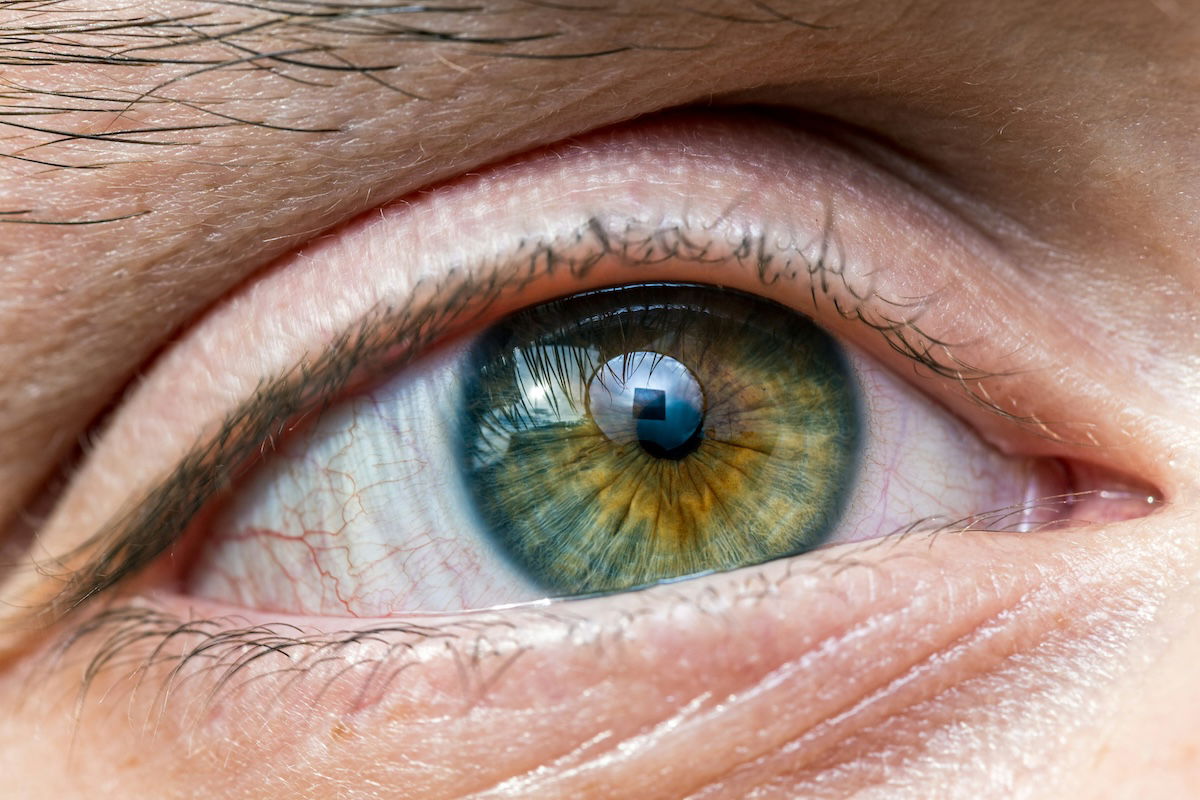
Shot with a Canon EOS RP. 90mm, f/8, 1/50 s, ISO 100. Dustin Humes (Unsplash)
But you don’t always need a super-high resolution for macro photography. A full-frame sensor also allows for larger pixels.
A sensor with larger pixels means a camera with better dynamic range. This means it gives you more detail from bright and dim areas of the image.
Lenses also influence our decision to recommend full-frame cameras over APS-C. Full-frame cameras can use more specialist macro lenses. APS-C cameras are usually limited to kit or more general-purpose lenses.
As a specialist APS-C camera brand, Fujifilm does have APS-C-compatible macro lenses. But all the best Canon, Nikon, and Sony lenses are only full frames.
Conclusion: The Best Macro Photography Equipment
Macro photography is a specialist field that requires lots of equipment. But if you get the best macro photography gear, you can master the art of macro shooting in no time.
It’s best to start with the proper camera for macro photography, which we believe is the Canon EOS RP. Then you’ll need the Canon RF 100mm f/2.8 L Macro IS USM to go with it.
Proper macro photographers will also need a tripod, a ringflash, and reflectors for better results. You might not need everything on this list. But everything we recommend will help you shoot macro photography!
Our Top 3 Choices for the Best Macro Photography Equipment



